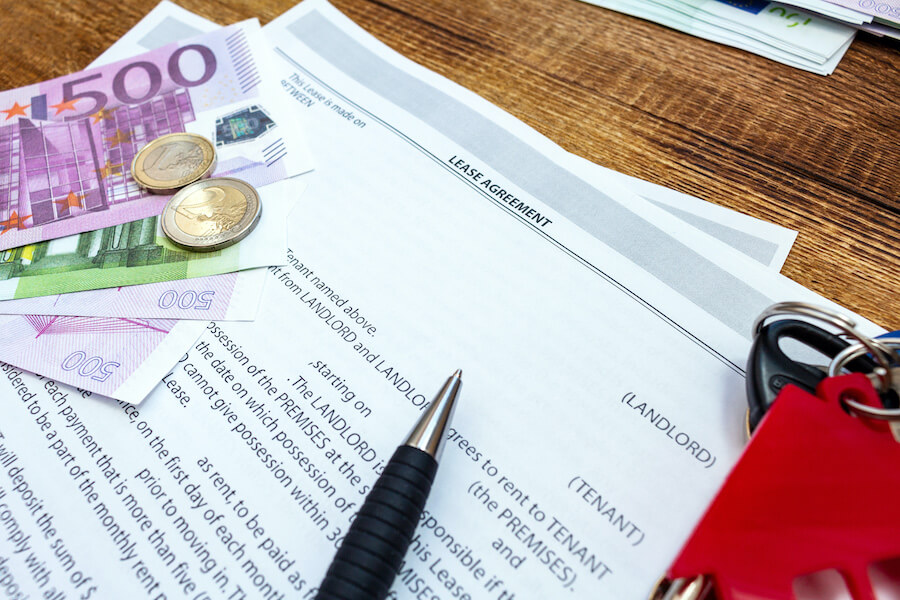An addendum adds necessary information to an already established contract or lease. With this document, the landlord can effectively and lawfully add extra information or additional changes to the lease agreement. Adding an addendum is a convenient way for landlords and tenants to include any additional information or make changes to some of the original lease’s conditions without having to discard the entire original lease.
Lease Addendum Templates
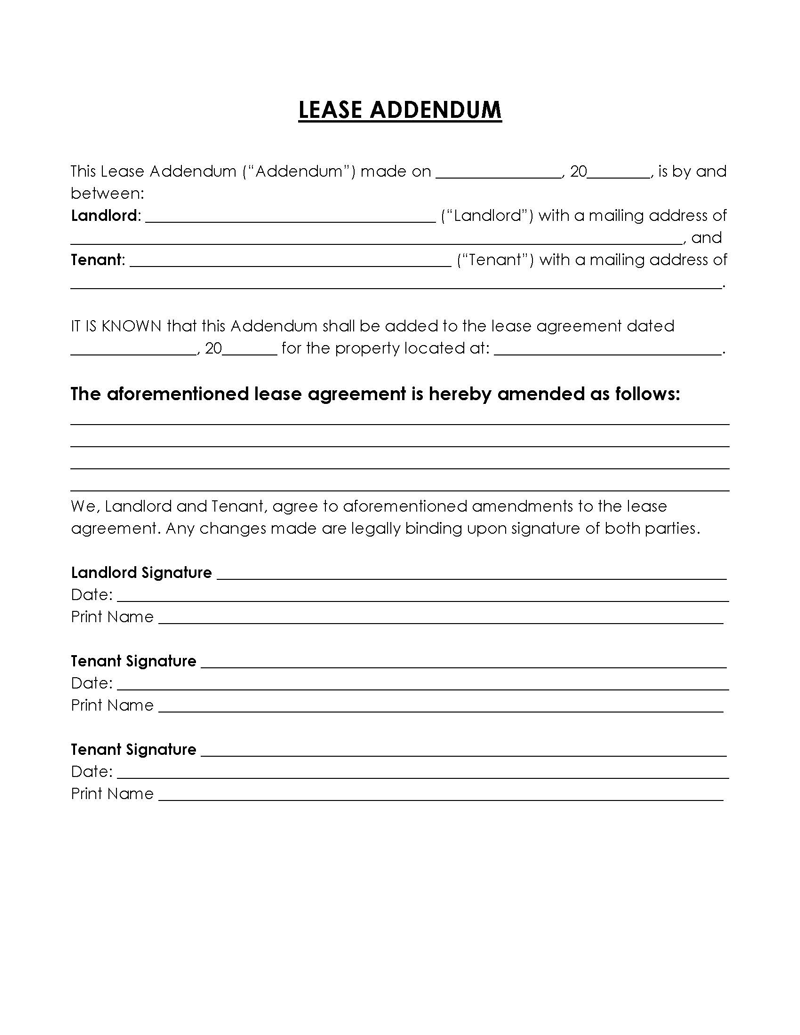
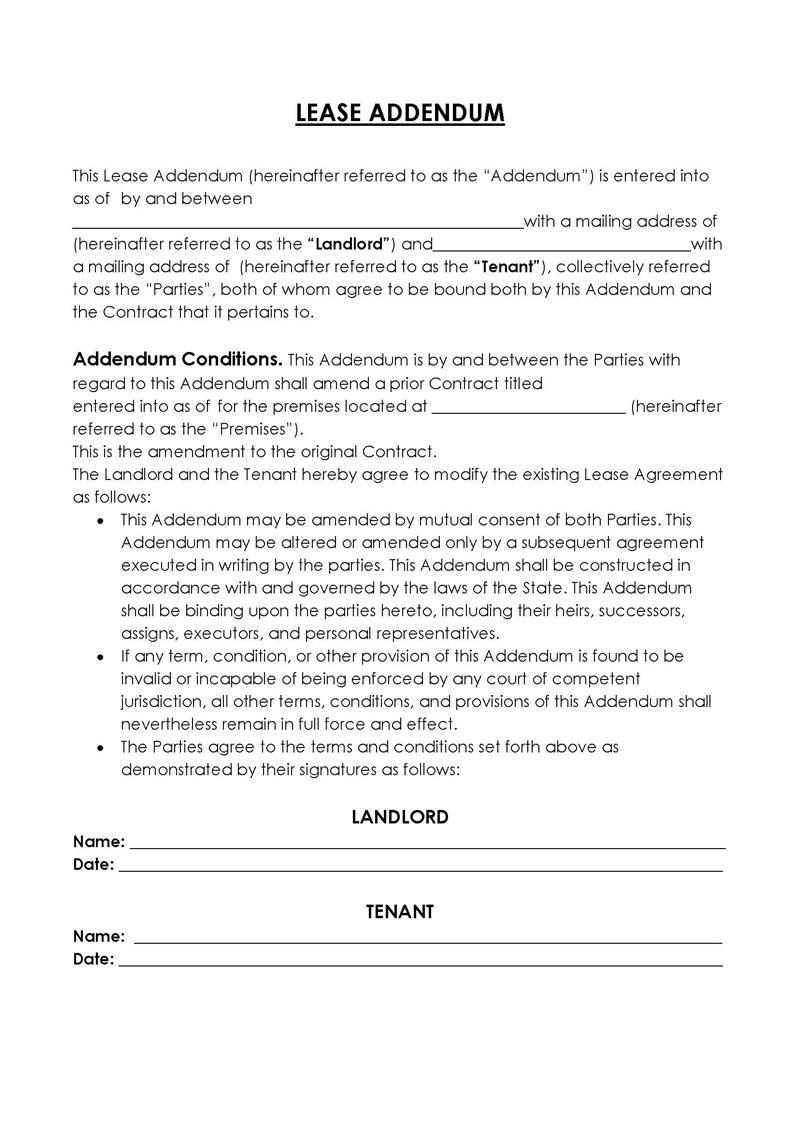
Types of Lease Addenda
You will find below various types of addenda that can be used for lease agreements.
Bed bug addendum
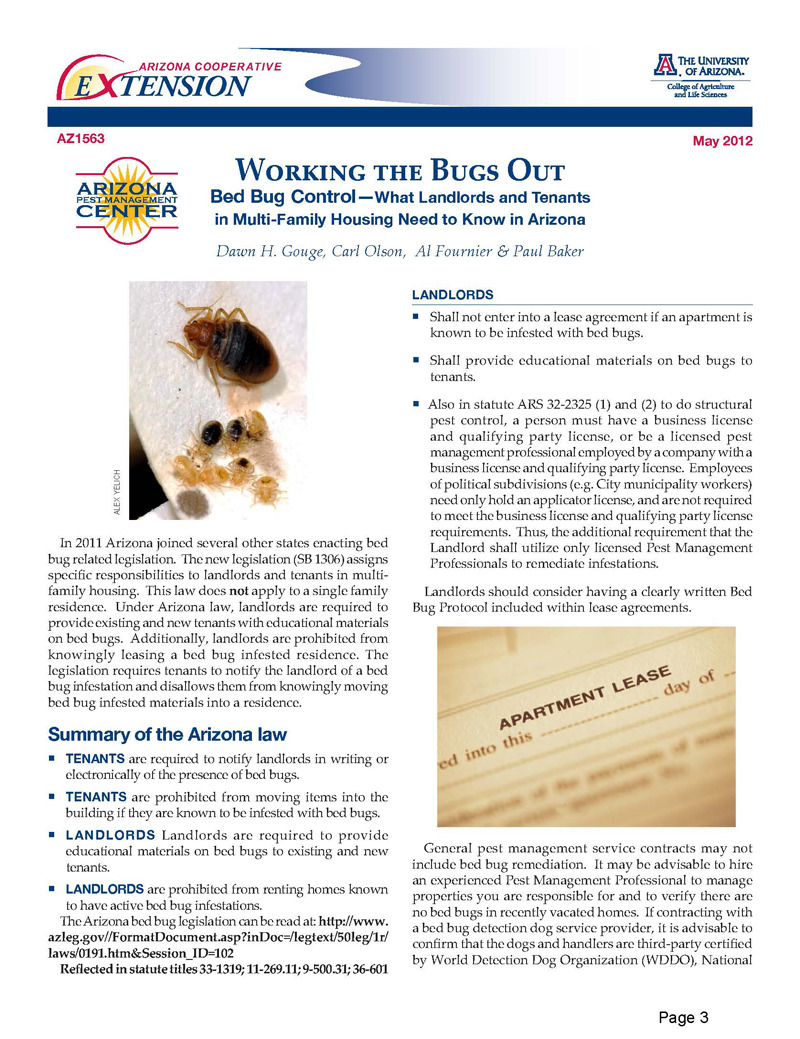
It is a form prepared by the landlord to prove that their residential property does not have a bed bug infestation. For states like Arizona, Maine, and California, it is a legal requirement that the landlords provide a history of any bed bug infestation. These bugs cannot be easily terminated; therefore, the form is required. A tenant can also request that an exterminator inspect the property to verify that the lease is valid and correct.
Commercial lease addendum (generic)
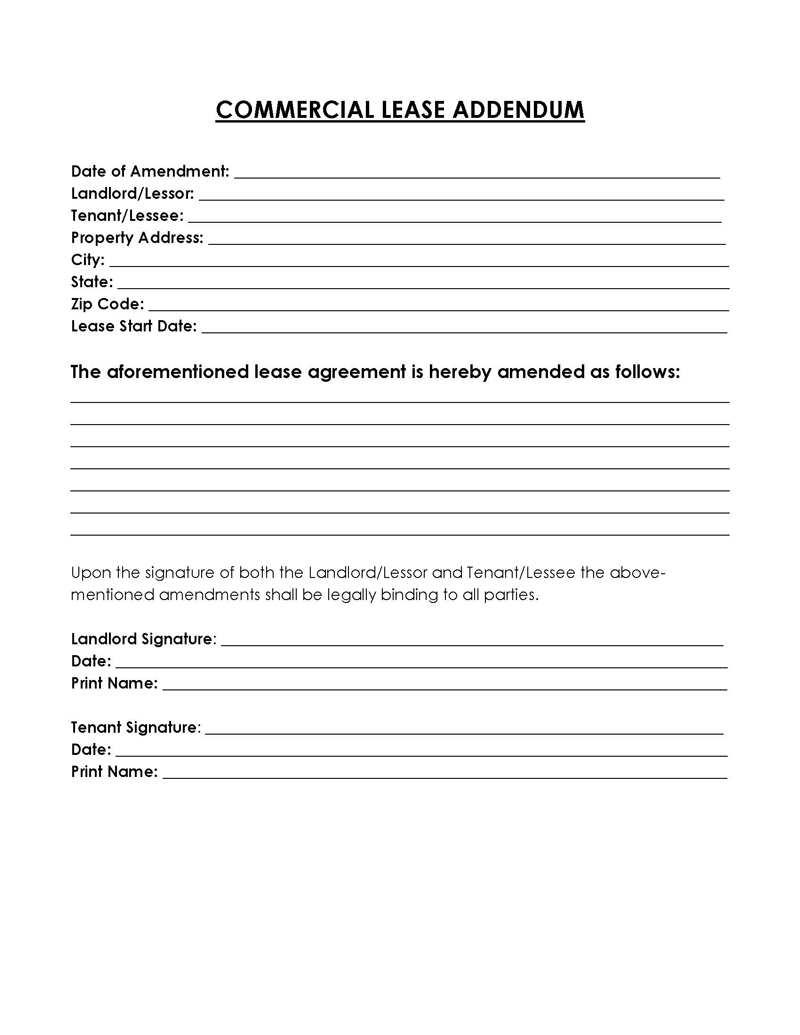
This is a form that facilitates changes to the terms and conditions of an already existing agreement. The landlord and the tenant must sign this addendum to make the changes effective. Usually, the changes are requests made by the landlord or the tenant regarding a particular commercial property.
The common addenda include lease extensions, changes to rent, repairs, and maintenance.
Crime and drug-free lease addendum
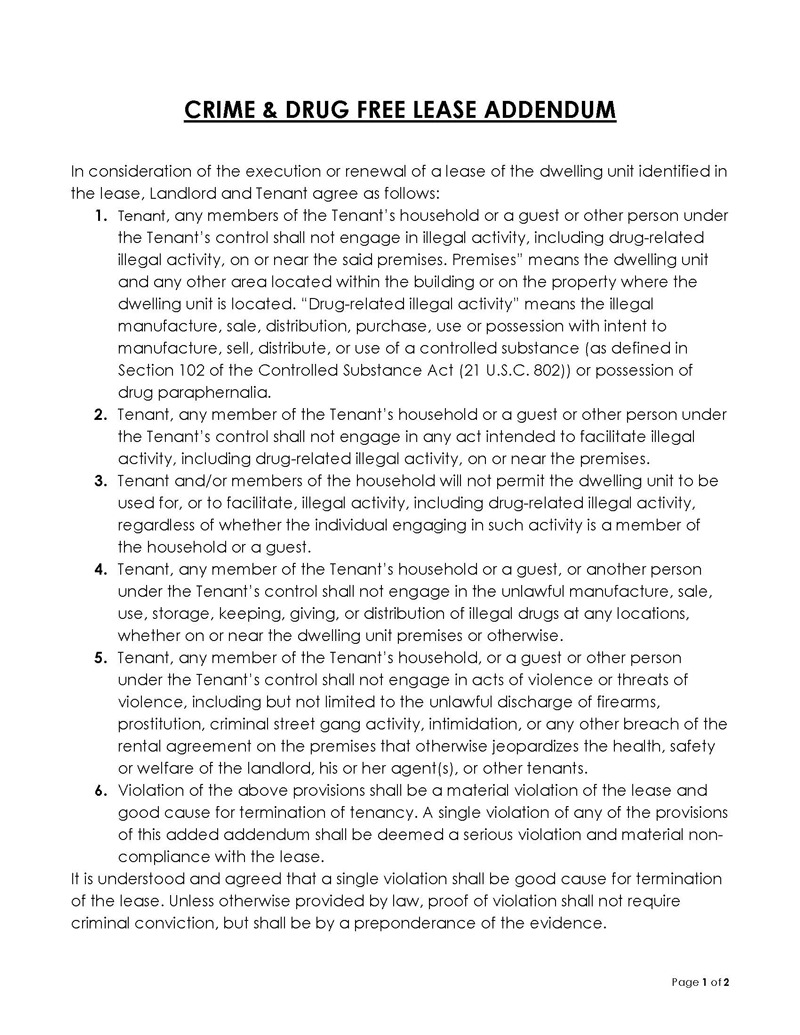
This is an agreement between a landlord and a tenant regarding criminal and drug policies on the residential property. The lease usually states that the tenant should not participate in any criminal activity on the rented premises. The policies are effective once the document is signed.
Extension addendum
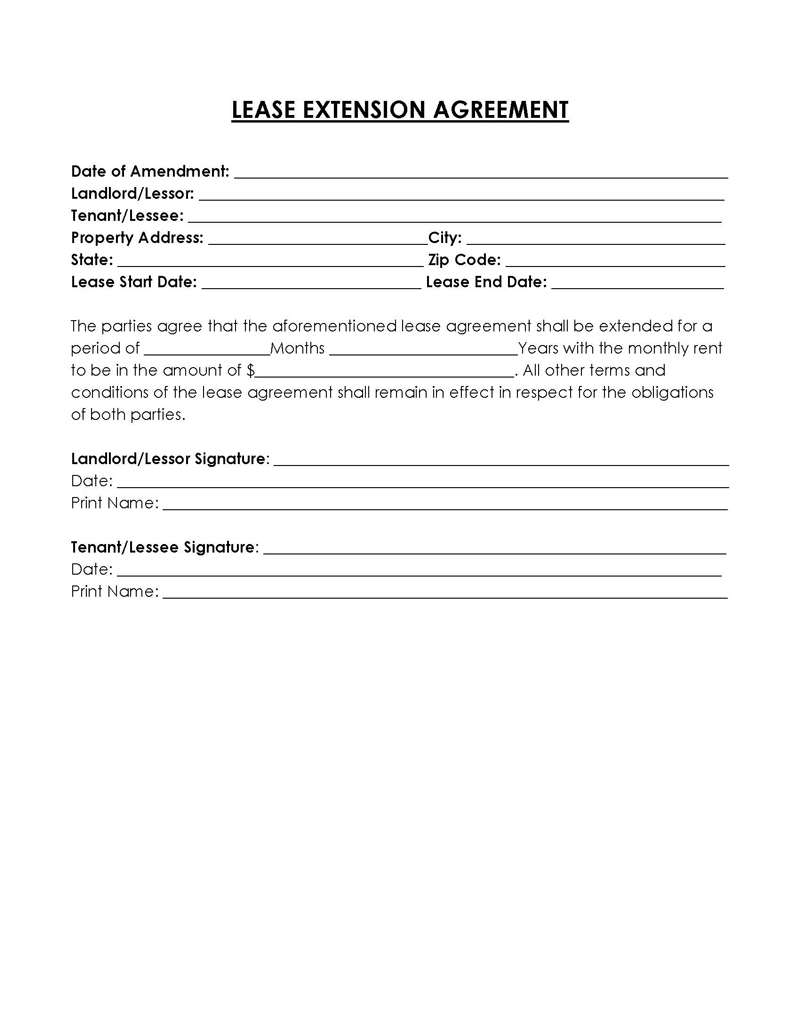
It is also known as a lease renewal or a lease extension agreement. It is a form meant to enable the landlord and tenant to extend the original agreement. Even after signing this agreement, the terms of the original lease are still valid. In some cases, the landlord can increase the monthly rent payment when the lease is extended.
Improvements and modification addendum
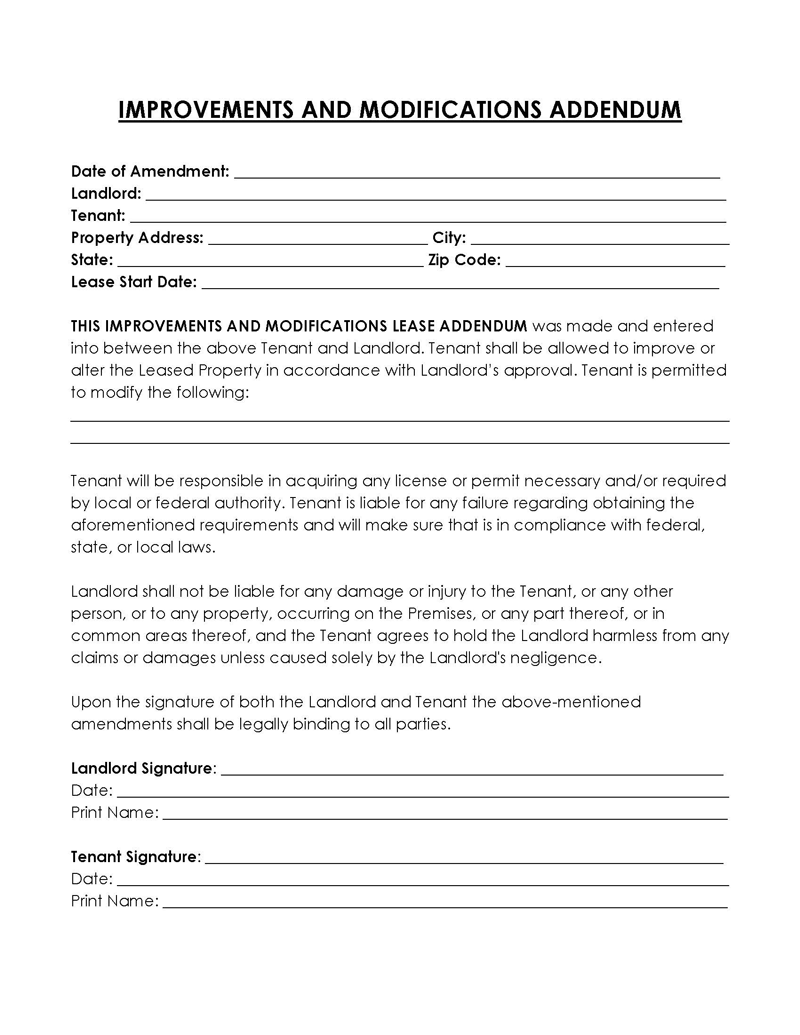
It is a written agreement that identifies the changes that the tenant is allowed to make on the rented property. Both the landlord and the tenant must sign this agreement. The landlord is not liable for any damage caused or injury sustained during the improvements and modifications under this contract.
Therefore, the tenant is responsible for obtaining all the necessary permits and professionals for renovations and modifications to the property.
Lead-based paint addendum
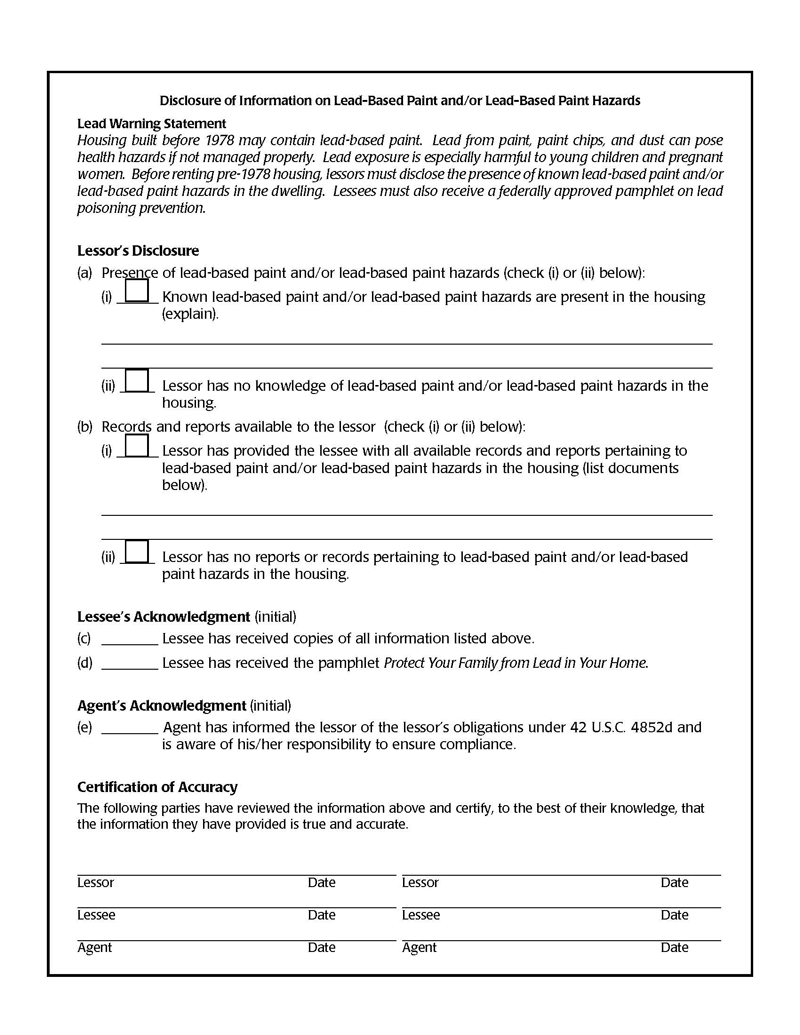
It is a disclosure form for tenants and buyers of residential premises built before 1978 and exposed to lead-based paint. The forms were created to alert any potential new tenants or owners of the potential presence of lead inside the house.
Additionally, the agreement instructs tenants and new owners to contact the appropriate authorities if their walls begin to chip. Tenants and potential buyers can check with the building department to establish if the property they are interested in was built before 1978.
Military clause addendum
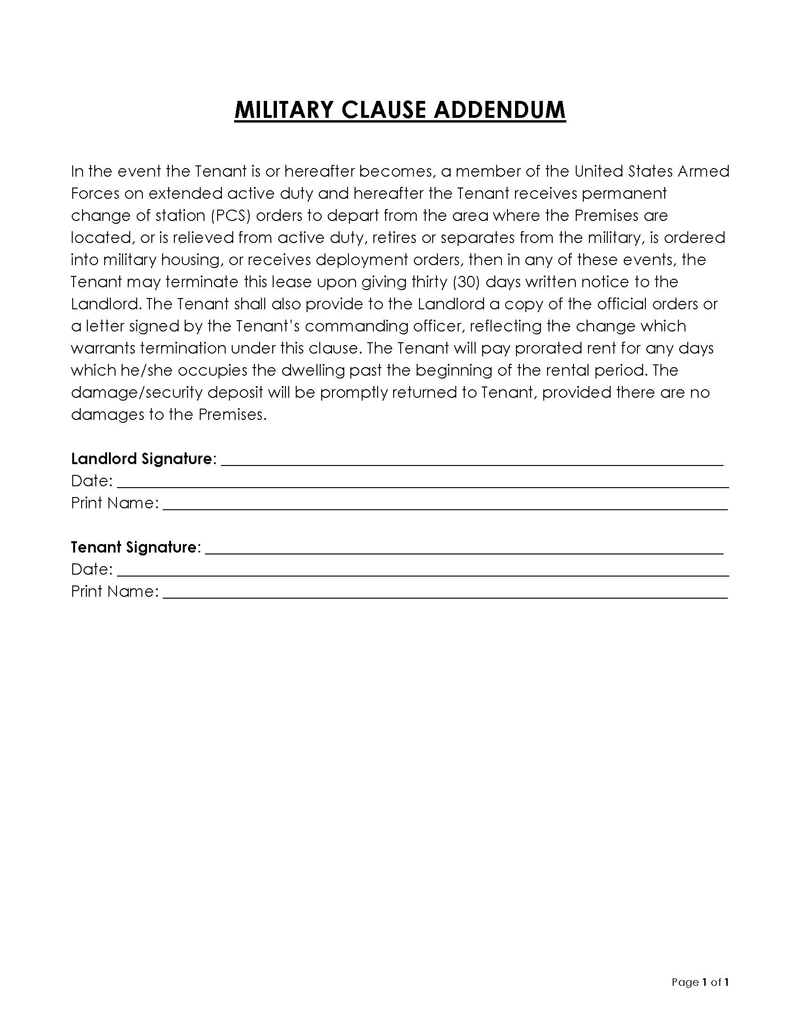
This statement is added to the agreement to enable a tenant who is enlisted in the army to move out of the premises at any time and join the armed forces at any time. Under this agreement, such a tenant must provide written notice and a copy of the military transfer order to the landlord before terminating the contract.
The notice should be provided at least 30 days before deployment. It should be attached to the original agreement or added once an individual is enlisted in the military to make it easier for such tenants to terminate their agreement.
Mold lease addendum
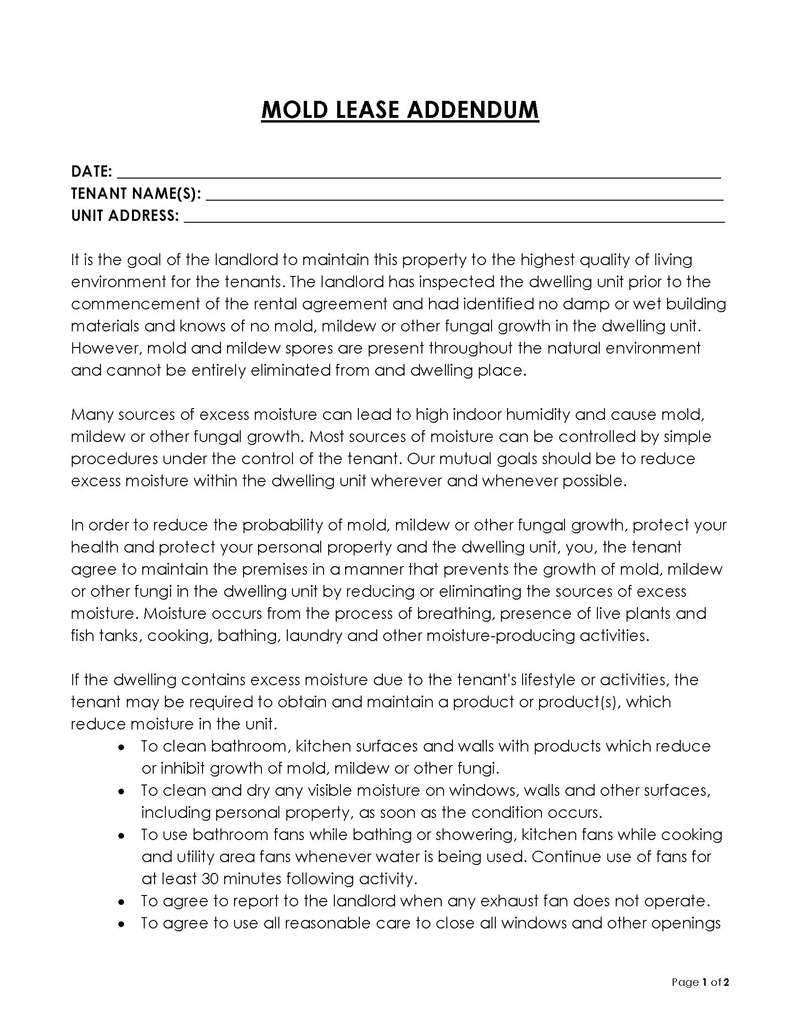
This is used to inform the tenant that they are responsible for protecting the residential or commercial premises from mold. The tenant or owner will first inspect the property to ensure it is mold-free. This is especially common in areas where buildings and properties are prone to mold.
Once the agreement is signed, the tenant or new owner will be responsible for keeping the property mold-free. This document usually contains a list of instructions on how to protect the property from mold.
Month-to-month lease addendum
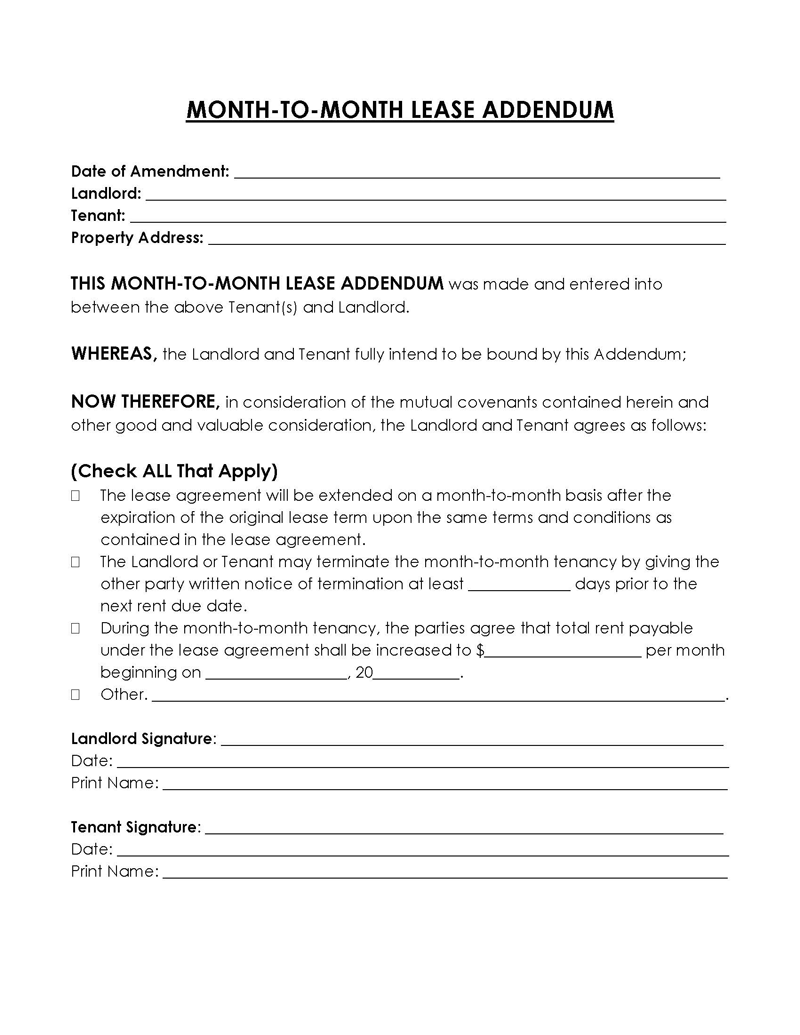
This document enables either the landlord or tenant to change an existing rental agreement. Landlords can use this document to increase the monthly rent while also extending the agreement. Also, the landlord or tenant can make changes to some terms and conditions of the original lease using this addendum. However, for it to be valid, all parties who signed the original agreement must also sign this addendum.
NOTE
A 30-day notice must be provided by whichever party wishes to make changes using this month-to-month lease addendum.
Pet lease addendum
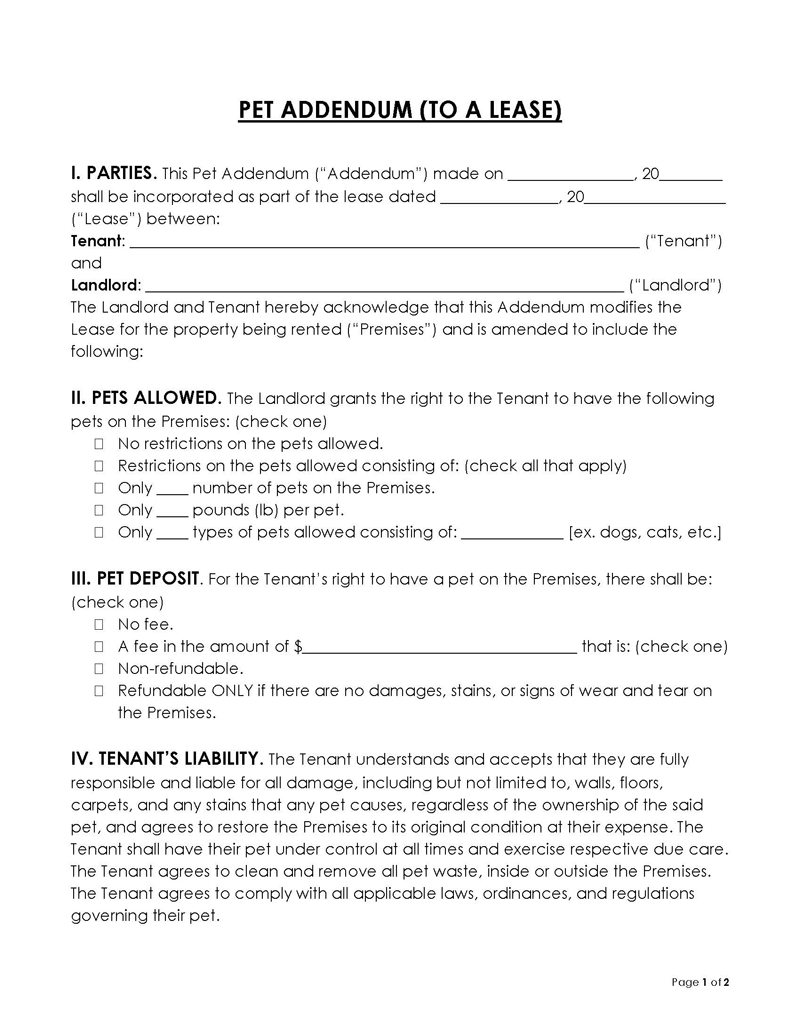
It permits tenants to keep pet(s) in the rental property. The form stipulates that the tenant is responsible for the pet(s) and should keep them from disturbing other tenants. According to this addendum, the tenant will be held liable for any damage caused to the premises by their pet(s).
In accordance with federal law (42 U.S. Code § 3604(e), a landlord cannot charge a pet fee if the animal is used for emotional support. However, if the animal is not used for emotional support, the landlord can charge any fee (unless state law has maximum limits).
Pool and spa addendum
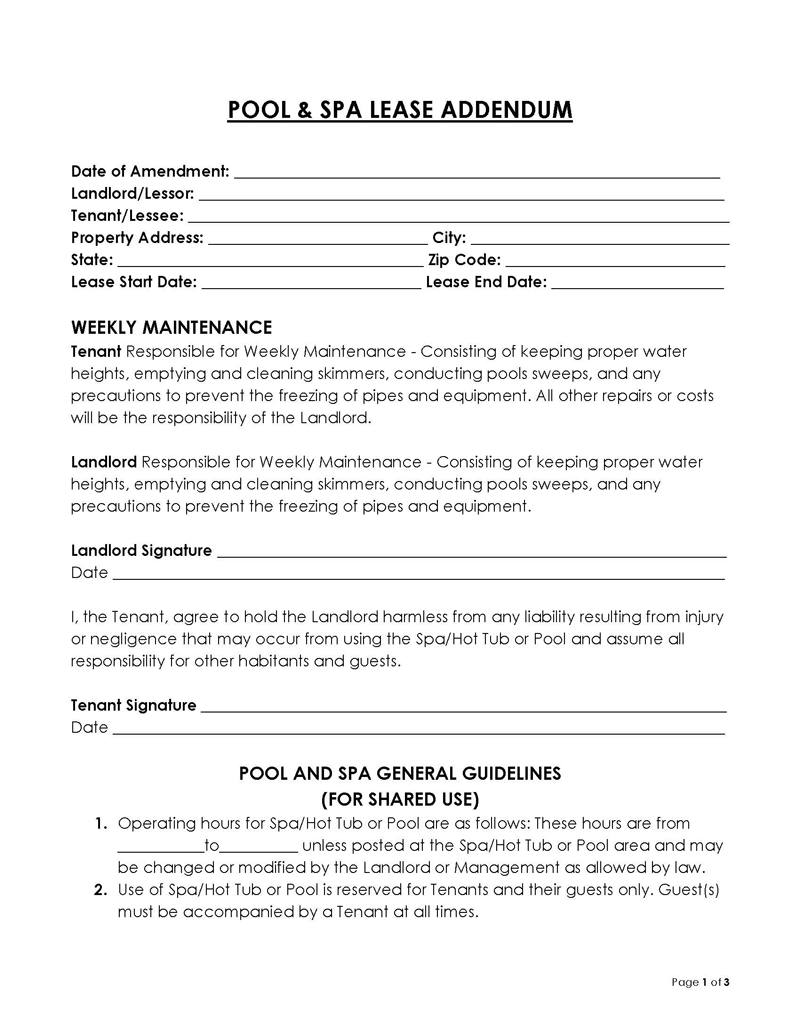
This is an attachment to the agreement that highlights all the instructions and rules regarding using the property’s pool or spa. It is used by landlords or owners who have private or shared pools, spas, hot tubs, and jacuzzis. It also mentions the people who will be responsible for weekly maintenance. In addition, it absolves the landlord of liability in case of injury or negligence by the tenants or guests when using the spa or pool.
Residential lease addendum (generic)
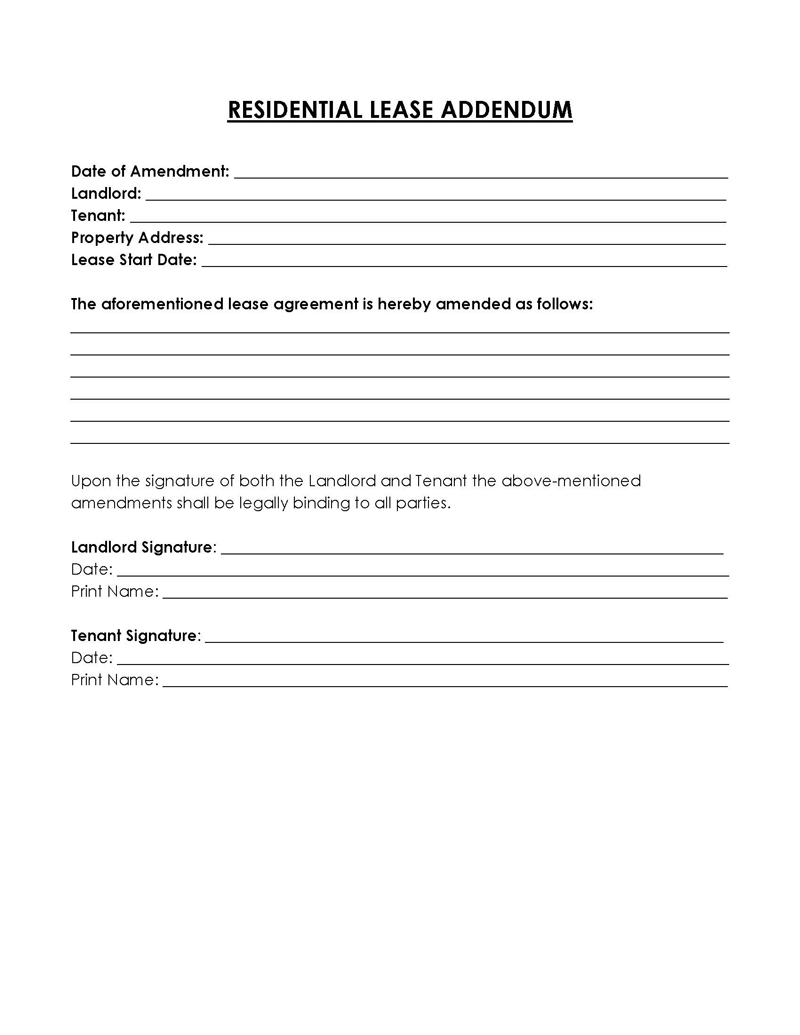
This is an agreement between a landlord and tenant in addition to the original rental contract. It is used to add information like new rules, conditions, and other changes that are being made to the original agreement. It is a way of ensuring that any verbal agreements between the landlord and tenant are upheld. However, both parties must sign the residential lease addendum to make the agreement effective.
How to Write a Lease Addendum?
It is an important document and should therefore be written with accuracy. It must meet certain requirements in order to be complete and valid.
With the information listed below, you will be able to write a proper lease addendum.
Addendum date
The date on the addendum is essential as it helps establish when the update to the original lease took place. Therefore, you need to include the date in the lease addendum.
Name and address of landlord and tenant
The names of the landlord and tenant(s) should be written in full and must appear the same way they appear in the original lease. The address is usually the official mailing address where each party can be reached.
Date of the original lease
It is also essential to include the date of the original lease. If there is no date on the original lease, you can use the date when it became effective.
Address of the leased property
The physical address of the leased property should be included. This makes it easier to identify the property, especially if the landlord has many residential and commercial properties. In addition, the property is easily accessible in cases where inspections are required prior to signing the addendum.
Amended conditions
It should contain all the amended conditions that will affect the original lease. It is best to cite the sections of the original lease that will be affected by these amended conditions, whether it is an addition, removal, or change.
Landlord’s signature and date
The final part is the signatures. Ensure that the landlord’s signature and date are present in the document. The official date to be included in this section should be the date the document is signed.
Tenant’s signature and date
In addition, the tenant must sign the document and include the date on the day of signing. All tenants who signed the original lease must sign the addendum. This will prove that all the tenants have accepted the amended conditions.
Conclusion
A lease addendum is an important document that helps lawfully facilitate the addition of information to the original contract. It is mainly used between a landlord and their tenant to amend an original lease. However, a landlord can also use it to include details that the original lease does not cover. It can be used for both residential and commercial premises. The lease addendum only becomes effective once both parties agree and have signed the document.



